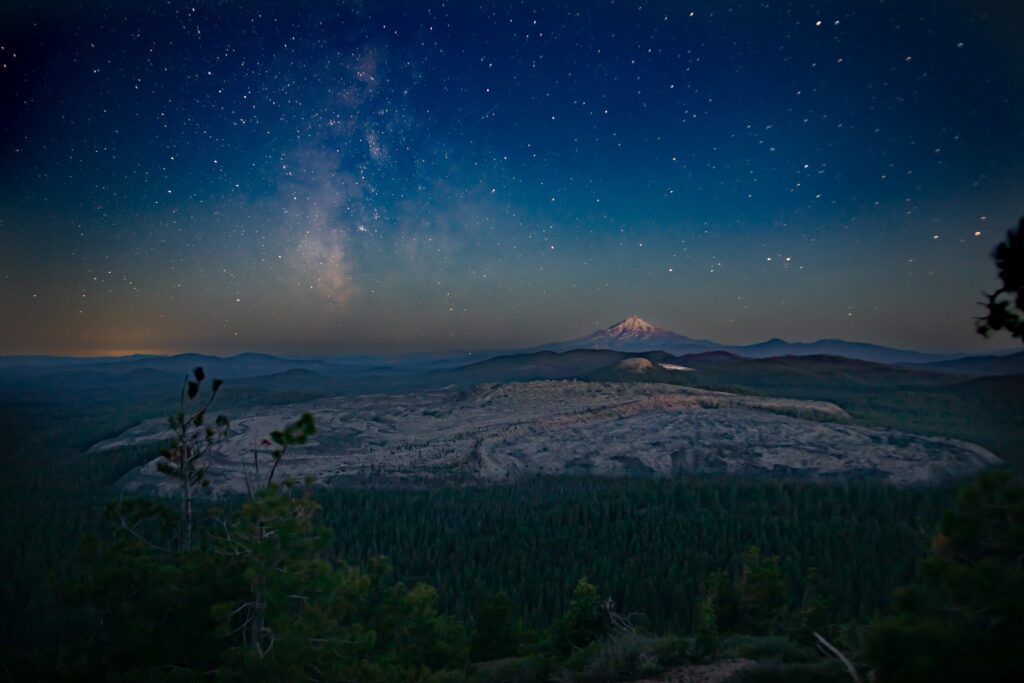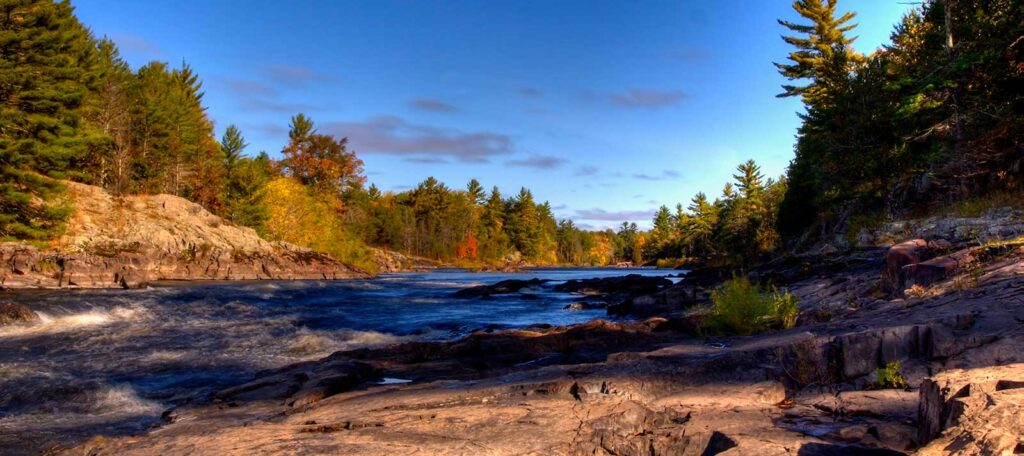From the Stanislaus to the Klamath: speaking up for free-flowing rivers
In this episode of We Are Rivers, we take a look at the cultural shift in how we value free-flowing rivers.
In this episode of We Are Rivers, we take a look at the cultural shift in how we value free-flowing rivers – from the fight to save California’s Stanislaus River forty years ago, to the Klamath River today, which will soon be home to a major dam removal effort to restore the river and its salmon runs.
Craig Tucker, an environmental activist, has been working on behalf of the Karuk Tribe, the second largest Native American tribe in the state of California, to remove four dams on the Klamath to heal the river. Craig discusses why this restoration effort is so important to the Karuk and other tribes, and communities throughout the basin.

We also hear from Mark Dubois who, in 1979, chained himself to a boulder to protest the filling of the reservoir behind the New Melones Dam that would drown California’s Stanislaus River. Listen to Mark share his story of hiding for five days, postponing the filling of the reservoir and sparking national media attention in what was the biggest citizen effort to save a river and stop a dam in American history.
Rivers were made to flow, to run, to move. But for centuries, we have controlled and dammed them. Today, we’re realizing that letting rivers be rivers — giving them room, letting them flow — has major benefits, both for nature and for us. The stories in this podcast episode tackle this evolution, exploring loss and hope, the value of wild rivers and the promise of restoration.
American Rivers is proud to have played a key role advocating for removal of the four dams on the Klamath – and we continue to lead the movement to remove dams nationwide. We’re also proud to be working with local partners to protect our nation’s last, wild rivers (read our latest blog about new Wild and Scenic River designations).
It’s simple: we believe life needs rivers. If you agree, please join us. We’re grateful to our supporters who make our work possible every day.





11 responses to “From the Stanislaus to the Klamath: speaking up for free-flowing rivers”
The word we never hear anymore when talking about energy and power is LESS. First and foremost, we need to massively reduce the amounts of energy we use (waste). I do not know off hand the statistics concerning energy waste, but I understand they are staggering.
It is unacceptable that virtually no one dares to propose that Americans stop wasting, and start conserving in every way possible.
A few years back American Rivers supported a Klamath Water Deal that would have locked in river flows which subsequently killed up to 90% of the juvenile salmon migrating down the Klamath before they could reach the ocean. I hope American Rivers has now learned its lessen and will not in the future support a water deal that, based on the best available science, is not in the interest of the River or the Salmon.
Four Klamath Dams are coming down because it is not in the interest of the corporation which owns them to relicense them; they would loose money every year. But removal will not fix the Klamath. For one thing, one dam with the worst water quality – Keno – will stay in. But what the Klamath needs is real regulation of agriculture: the source of its water quality problems. THAT is what we need American Rivers to support: No more bad water deals!
Sorry, I don’t see nuclear power as a worse alternative to either fossil fuel or hydroelectric power.
Hi Janet, it is scary to think about what we would do without our water power plants, but we have the technology to use the power of the moon and the tides, we have the powerful sun and we have that technology…and we have wind power. Some of these technologies are still being renewed, upgraded and transformed into more productive energy. We can’t blow every dam up until we have reliable sources of energy, but we need to be putting every last cent of profit into making the technology work for everyone.
Rivers are the lifeblood of lands. LiKe the arteries that nourish a body, rivers enable life in the extremities of wilderness. Without them, wilderness, wildlife and even human well being will suffer and eventually die. Their streams and brooks are the veins of life streaming and pulsing throughout the whole. Save the rivers and we save LIFE !
Don’t forget the Hatchie Scenic River. It is the longest free-flowing tributary of the lower Mississippi River, and it contains the largest forested floodplain in Tennessee.
I listened to this podcast while driving along the Columbia River above the John Day. The river is wide and seemingly still while tugs plied the waters, pushing their barges upstream Such a profound place to think about dam removal.
Thank You American Rivers.
I want to save the salmon runs, but dammed rivers are providers of hydroelectric power, which is preferable to coal-fired power plants for the nation’s electricity, I wonder what plans you foresee to replace the non-carbon emitting sources of electricity if dams are removed? Would we have to resort to nuclear power?
I live along the Cowlitz in Randle Washington we need advice on how to stop a water bottling operation from putting down roots to drain 400,000+ gallons of water a day.
Save the Rivers!!!!!!!!!!!!!!!
Fantastic informative, the work American Rivers .Org does is fabulous and helpful in the understanding of our greatest natural resource.